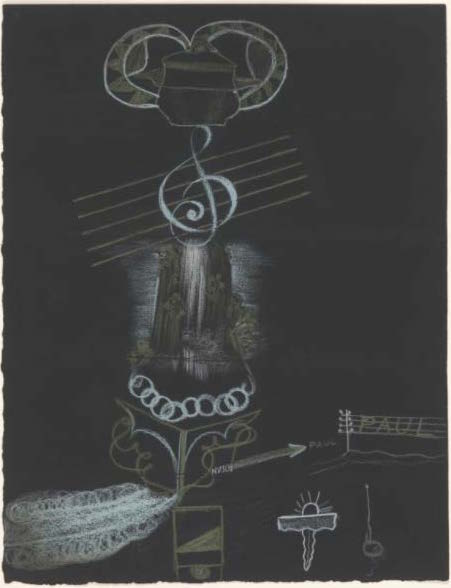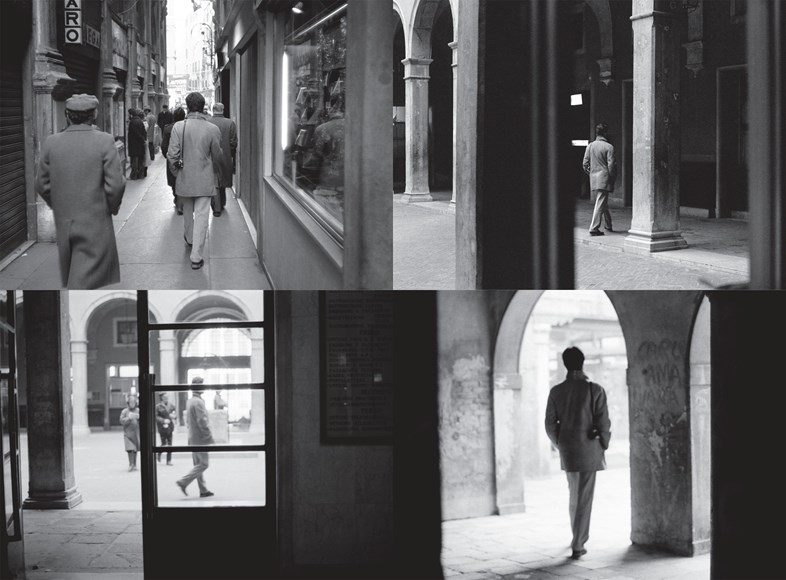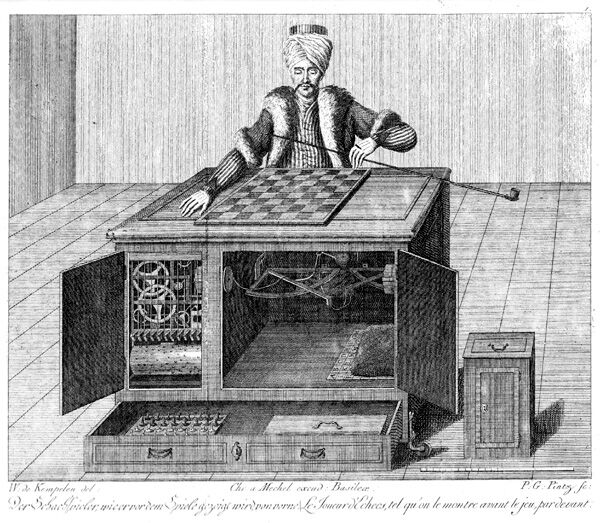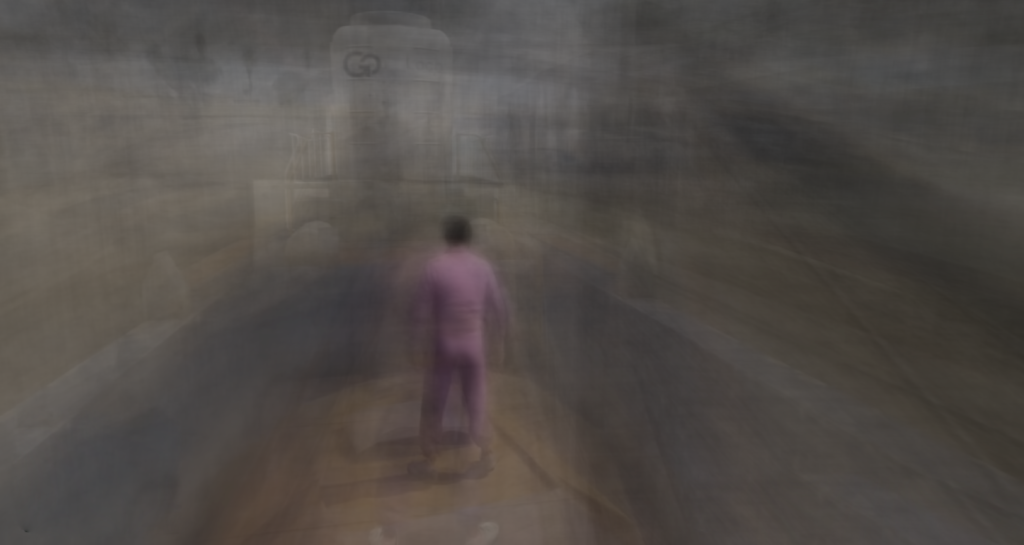In part two of Kat Brewster’s essay on play and artistic production, she gets down to the busy-work of leisure and how the Dadaists, especially, made work from their favorite pastimes.
Thought of as little more than troublemakers in the academic art world, those works in the Salon des Refusés proved to be incredibly popular, if controversial, and served to validate independent exhibitions. This was not the sort of art the French public were used to seeing—art was reserved for a conservative upper class, and prior to the exhibited work of the Impressionists, was subject to a defined hierarchy. For the luxury of academic approval, artists were to paint history paintings, portraits, landscapes, genre scenes, and still life paintings. In that order. Instead, the Impressionists paid attention to light, form, and color. The work of artists like Berthe Morisot, Claude Monet, and Édouard Manet is characterized by suggestions, or impressions, of form, and painting subjects from life, rather than from history or mythology. To make the conscious choice of painting, submitting, and exhibiting these works, which several of the offending artists knew would never make it past the academy’s jury, was an intentional rejection and subsequent parallel of the ordinary. Much like Calle’s rejection of a conservative and listless ordinary, the Impressionists broke away from this academic fare to bring a shock of new.
To make the conscious choice of painting and exhibiting these works was an intentional rejection and subsequent parallel of the ordinary.
While the Impressionists achieved success in part due to funding from the state, they were not the only artists to submit later-revered items to a conservative jury of academics and be refused. Following the period of the Impressionists and post-Impressionists, a new normal had been established: these artists used bold colors, evocative and gestural figures, and paid little mind to the bounds of perspective. In a move which shocked the art world, Marcel Duchamp anonymously submit his now-famous Fountain, a urinal the artist had purchased, to the Society of Independent Artists for exhibition in 1917. Based on the very ideals of the French Salon des Indépendants, which had formed to showcase the work of the Impressionists, the society reneged on its stance that it would showcase all works submit, and rejected Duchamp’s fountain. While the object itself is now considered a landmark Readymade, the process of its submission was a simultaneous criticism and prank on the art scene of Duchamp’s time. Fountain was never shown, but its playful spirit and rebellion carried on.
Duchamp, an accomplished chess player, and his circle of friends—Dadaists, and then, once the movement had lost favor, Surrealists—were accustomed to playing more explicit games than simple pranks on conservative art committees. André Breton, Yves Tanguy, and Kay Sage’s favorite pastimes included games of automatic writing, cutout poetry, or Exquisite Corpse, a parlor game of collective contribution. One person would draw on a sheet of paper, fold over the majority of their drawing, and then pass it on to another person to continue the work. The Surrealists used activities like this, typically associated with simple leisure time, and elevated them by awarding them the merit of intentioned time. Of these artists, Sage was no stranger to time wasted. The imposing structures and draped figures in her work are the dream-like markers of the movement, unsettling and evocative of the subconscious. The Surrealist painter spent a decade of her adult life as the idle wife of an Italian prince. As biographer Judith Suther describes her life, it had been one of “unfocused frustration.” Suther continues, “Sage says of her existence in these years that it was ‘like going to the cinema.’ After the Nth replay, the princess who was only playacting got up and walked out.”1 The work Sage made following her separation from her first husband was charged with a new life. As Sage described it, “Some sort of inner sense in me was reserving my potentialities for something better and more constructive.”2 By awarding merit to those very activities that her ex-husband regarded as useless pursuits, artists like Sage, Duchamp, and the Impressionists gave significant meaning to the quotidian and the intentional deviations that playful artistic practice provides.
The work that followed that of those heady Surrealists made their deviation known by tapping into a livelier practice. The Abstract Expressionists, like Jackson Pollock, Helen Frankenthaler, Elaine de Kooning, and her husband Willem, made liberal use of color and sparse use of form. Anything representational about their work had largely slipped away in favor of a more primal exploration of art. The pieces which came out of the 1940s and ’50s—Pollock’s action paintings, de Kooning’s faceless portraiture—were a clear rebellion from the inward-facing Surrealists. The clean lines and direct engagement with pop culture from those working in the following Pop art movement achieved a similar deviation from their predecessors. These intentional deviations from those who came before them, the ordinary of art, are playful processes. Their actions do not denote what they might otherwise—when Allan Kaprow invites onlookers to lick jam off of a car, as he did in 1964, the activity is seen as a meaningful parallel from the day-to-day. When Yoko Ono asks participants to make a tuna sandwich in her 1964 Tuna Fish Sandwich Piece, neither the tuna sandwich nor its making are particularly revelatory. That she asks, however, and that something so normal is given the qualifier of Art, is. By the time Sophie Calle gets on a train to Venice, it is not so surprising that her attempt to ease the burden of boredom in Paris—her playing—could be art. The way she fills her time with a fictitious self, her parallel self, is the play of an artist.
They are parallel actions, a serious play with little tangible production themselves. These seemingly simple actions are, through careful planning, given weight.
This playful push and pull of modern and contemporary art movements have helped to pave the way for contemporary artists. Activists like Ai Weiwei, Wafaa Bilal, and Kara Walker are able to ask the questions of society that they do from a harbor of playfulness. Their works carry a bite in concept rather than action—Ai’s hammering rebar, Bilal’s tattooing, and Walker’s cutouts do not, in themselves, carry the weight of what those actions represent. They are parallel actions, a serious play with little tangible production themselves. These seemingly simple actions are, through careful planning, given weight.
Far from the mid-nineteenth-century academic demands for historical paintings or landscapes, these artists raise the busy-work of leisure, or the self-fulfilling and stimulating creative labors, to the status of art. The games they play are not always explicit, and the parallels they present may not be readily apparent. But when Carsten Höller builds a slide in the middle of Tate Modern, as he did for Test Site is 2005, it might be difficult to resist taking the plunge. ♦
1 Suther, A House of Her Own, 47.
2 Ibid., 50.
(Image credits: Image of an exquisite corpse created in 1930 by Paul Breton, Nusch Eluard, Valentine Hugo, and Paul Eluard courtesy Tate, © 2014. Alfred Stieglitz, “Fountain by R. Mutt, Photograph by Alfred Stieglitz, THE EXHIBIT REFUSED BY THE INDEPENDENTS,” in Henri-Pierre Roche, Beatrice Wood, and Marcel Duchamp, eds., The Blind Man, No. 2 (May 1917), 4, via Wikimedia Commons.)












